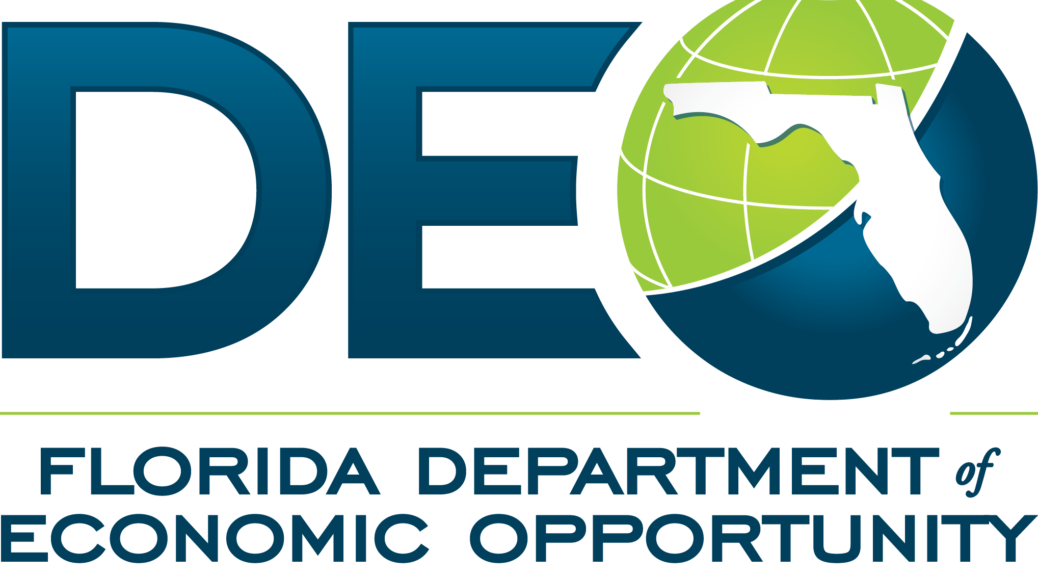With the ever-expanding news of sexual harassment complaints against Harvey Weinstein, Kevin Spacey and other Hollywood “A” listers, there is a national spotlight on harassment. If an allegation of harassment occurs at your organization, are you prepared to respond quickly and competently? First, almost every company should have a written policy that prohibits sexual harassment and other forms of harassment based on characteristics protected under federal and state law. Often, this policy is contained in the Employee Handbook or Office Manual. Businesses with 15 or more employees are covered by state and federal discrimination/harassment laws, and smaller businesses (down to 5 employees) are often covered by local county or city ordinances on discrimination.
Second, understand what constitutes sexual harassment. The Equal Employment Opportunity Commission (EEOC) provides a three-prong definition for sexual harassment. Unwelcome sexual advances, requests for sexual favors, and other verbal or physical conduct of a sexual nature when: (1) Submission to such conduct is a condition of employment or advancement; (2) Submission to or rejection of such conduct is used as the basis for an employment related decision affecting an individual; or (3) conduct that has the purpose or effect of interfering unreasonably with the individual’s work or performance or creates an offensive, hostile, or intimidating working environment. The company’s written policy should outline a procedure for handling harassment complaints, including the person designated to receive an employee’s concern.
Now, here are the six steps to conducting your sexual harassment investigation:
Step 1: Receive the Complaint. When receiving a complaint, the company must take each instance seriously, listen with empathy (not judgmental) and not unnecessarily delay the response. Document the complaint – preferably having the Complainant put his/her complaint in their own words, and ask for details on all alleged incidents. Depending on the severity of the complaint, legal counsel may be conducted for assistance. Ask the Complainant for what type of outcome he/she prefers. Explain that the Company will protect the complainant from retaliation for participating in the investigation and that confidentiality will be maintained to the fullest extent possible, but the alleged harasser must have sufficient information to have the opportunity to respond to the allegations. Ask open ended questions, remain neutral, and do not make promises or guarantee a specific result. Ask for the names of any witnesses and if there are any documents or physical evidence that corroborates the complaint.
Step 2: Review the Complaint. Review the facts and any evidence that supports the allegations of harassment. Take immediate steps to stop any active harassment and determine if the parties need to be separated during your investigation. The alleged harasser may be asked to take some time off from work, while the investigation is conducted; or the complainant may be offered (voluntarily) some paid time off while the investigation occurs. Determine how and when to schedule an interview with the alleged harasser.
Step 3: Interview the accused Harasser. Stay objective and do not assume that the alleged harassment happened. Take notes and preferably, have the accused employee write up their statement responding to the alleged incidents brought forward by the complainant. Ask the accused to identify any other evidence or documents that support their version of events. Interview any other witnesses identified by the accused harasser or the complainant. Ask all witnesses to keep the investigation confidential, and not to speak to other employees about the subject of the investigation.
Step 4: Weigh the evidence. Consider the credibility of each party and the reputation for honesty of the employee and the alleged harasser. Could there be another reason for the complaint – such as the employee is trying to make up for a poor performance review or a disciplinary action? Have there been previous complaints? Does the evidence support the complaint? Look for inconsistencies, or consistencies, between the accused version of events and the complainant’s. What evidence supports each sides version of events (especially if the case boils down to a “he said, she said” case). Use common sense and your own knowledge of events to help fill in any gaps.
Step 5: Document your Investigation and Take Action. Keep a detailed written record of your entire investigation. If a discrimination or harassment charge is later filed, your detailed notes of your investigation are critical to your defense. Make your notes sufficiently clear and detailed so that you (and anyone else) can understand and use them in the future. Once you have the facts, make a decision about what you think happened and whether sexual harassment occurred. If you determine that harassment occurred, then take prompt action to address it. Company action may involve discipline, an apology, reprimand, reassignment or discharge, depending on severity. The action should match the facts, and be geared to preventing future misconduct. Additionally, the company may decide to re-train employees, revise policies and/or make other workplace changes that make sense. It is not the company’s purvue to determine illegality but only if a violation of company policy occurred.
Step 6: Close the Loop with the Complainant. Inform the Complainant about the results of your formal investigation and your decision. In addition, you may decide to discuss the means and methods for the complainant to confront concerns about harassment in the future. The victim can be instructed about how to talk to the harasser directly in order to state that their conduct is unwelcome and must stop. You will continue to monitor the situation and make sure objectionable behavior does not re-occur. Obviously, there will need to be some time for stress, feelings and emotions to decrease. Place emphasis on the professionalism and that each party has a vested interest in maintaining an efficient and harmonious workplace. Take action against the accused, if needed.
Consultstu LLC provides fractional HR services to small/mid businesses that lower operational costs, improve business processes and maintain compliance. We deliver customized HR and safety solutions that provide protection from expensive mistakes and strategies to improve workplace results. Call us at 727-350-0370 or visit http://www.consultstu.com









